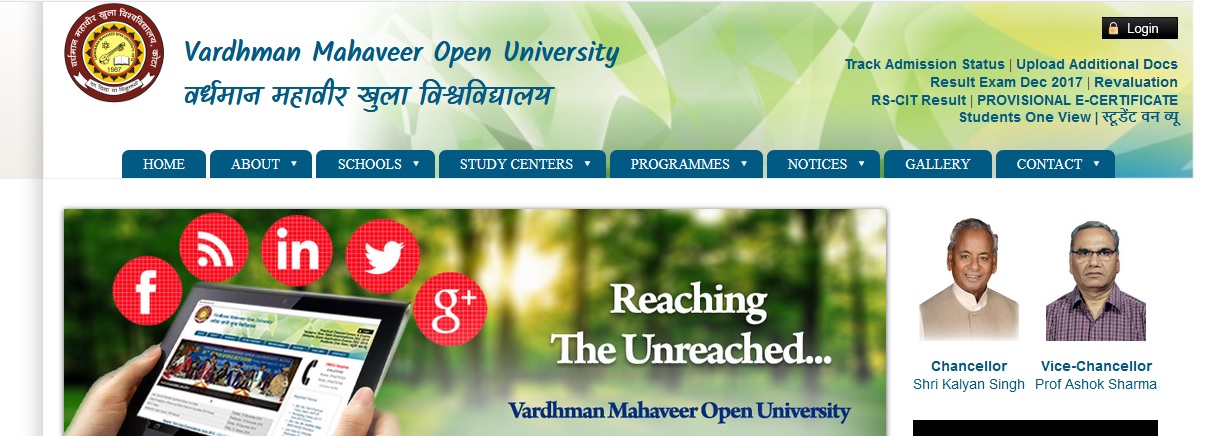MSCCH07 Synthetic Organic Chemistry M.Sc Question Bank : vmou.ac.in
Name of the University : Vardhman Mahaveer Open University
Degree : M.Sc
Department : Chemistry
Subject Code/Name : MSCCH-07 – Synthetic Organic Chemistry
Year : II
Document Type : Question Bank
Website : vmou.ac.in
Download Model/Sample Question Paper : https://www.pdfquestion.in/uploads/vmou.ac.in/3700-MSCCH-07_142.pdf
VMOU Synthetic Organic Chemistry Question Paper
Section – A
Very short questions :
1. Give the name of reagent for the given chemical inter conversion.
Related : VMOU MSCCH01 Inorganic Chemistry Question Bank : www.pdfquestion.in/3711.html
2. What is DDQ-
3. What is NBS-
4. What is the use of NBS-
5. What is m-CPBA-
6. What is the use of m-CPBA-
7. What is the product formed-
8. What is the product of electrolysis of the following reactant.
9. What is 9BBN-
10. What is the product formed when :
11. What is the major product of the reaction :
12. Give the product of following reaction :
13. What TBDMS stands for –
14. Suggest a reagent for the following interconverson.
15. What does FGI stands for-
16. What is “Cubane”-
17. What is Nalidixic acid- A.
18. Write structure of Arithranilic acid.
19. What is the product of oxidative cleavage of cyclohexene.
20. What do you understand by Tropocity-
21. Product composition in an asymmetric synthesis can be determined –
22. Quantitative assessment of 1,2-asymmetric induction is mainly-
23. What is SAMP-

Section – B
Short questions :
1. Suggest a method by which a double bond can be introduced in conjugation
2. Write short note on the function elisation of Aromatic compounds.
3. How osmium tetraoxide can be used for Hydroylation of Olefius Explin.
4. Suggest mechanism for the following interconversion and sugest the reagents
5. Write short note on “Allylic Oxidation”.
6. How to prepare Biphenyl from Cyclohexanone-
7. Which mechanism is involved in the following inter conversion.
8. Give two methods for the formation of cisdiols from an alkene.
9. Describe one method for forming transdiol from alkene.
10. Complete the following chemical equations :
11. Complete the given chemical equation :
12. Give the detail of missing reagent and give mechanism also.
13. Give mechanism of Aldol condensation in Acidic medium.
14. Write mechanism of the following reaction :
15. Complete the following reaction.
16. Write short note on Pyrolytic elimination of su;phoxides.
17. Complete the following reaction :
18. Explain the Shapiro reaction.
19. Complete the following reaction :
20. Give application of Trimethyl silyl iodide.
21. What are ketene acetals, how they are useful in preparing
22. Complete the following equation :
Section – C
Long questions :
1. What is Prevest Reaction, give complete mechanism.
2. How to prepare dioxteaues from alkenes explain.
3. Explain the bonolysis of alkenes. Give the complete mechanism.
4. What is oxidation. Explain different types of oxidation.
5. Give brief account of “Woodward modification of oxidation.
6. Explain Meerwein Pondroff-verely reduction.
7. Write short note on : (a) Clemenson reduction –
8. What is Cram’s rule- Explain it briefly.
9. Write the complete mechanism of “”STORK ENAMINE REACTION”.
10. Explain “”KNOVENAGEL CONDENSATION”.
11. Give mechanism of “WITTIG REACTION”.
12. What do you understand by “Syn” and “Anti” Elimination Explain it.
13. Write one method for prepration of :
(a) Disiamyl borane
(b) Thexyl borane
14. Give the method for synthesise of Trialkyl methanols and carbenoyl compounds from alkyl boranes.
15. Write short notes on :
(a) Vinyl silanes
(b) Allyl silanes
16. What is Nazarov xyxlisation. Discuss with an example.
17. What is protecting group? Discuss their role in Organic chemistry.
18. Write the Important characteristics of the good protecting group.
19. Define the following terms and give example in each case:
(a) Transform based strategies
(b) Stereochemical strategies
20. Discuss the Important guidelines used for retrosynthesis
21. Write briefly about reterosynthetic methods for alcohol and carbonyl compounds.
22. Design a suitable strategy for 4-(2-Hydroxy)butyl anisole.
23. Using butadiene as one of the precursor, how do you plan the synthesis of following molecule.
24. Taking Butadiene as one of the precursor, how to plan the synthesis.
25. Suggest a convergent synthesis for the following molecule:
26. Formulate the retrosynthesis analysis of the molecule (given below) and write their synthesis.
27. Write short notes on :
(a) Enantiotopic faces
(b) Homotopic faces
28. Assign prochiral symbols to the stereo heleotopic units in :
(a) R-Malic acid
(b) Propionic acid
29. Explain the use of NMR spectroscopy determination of enantiomer composition.
30. Explain the principle of stereocelectiorty.
31. Write short notes on :
(a) Felkin-Anh model
(b) Cram’s dipolar model
32. Formulate Prevost-woodward oxidation of 2,3-Cholestene.
33. Explain Diels-Alder reaction with suitable examples.
34. Explain with suitable two examples the use of chiral reagents in the asymmetric synthesis.
35. Explain asymmetric synthesis using chiral catalyst.
Meaning of Tropocity?
Any one application of m-CPBA?